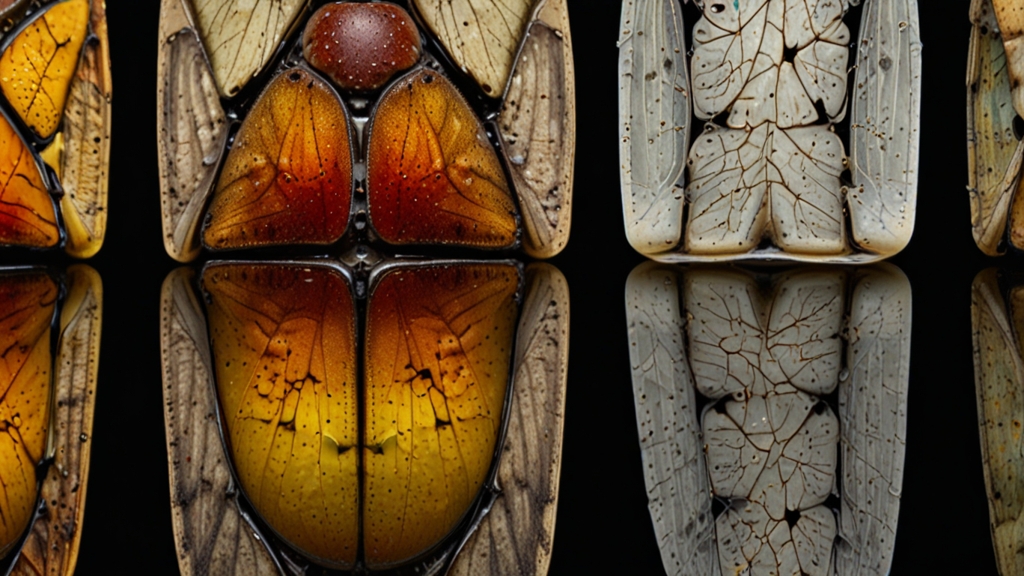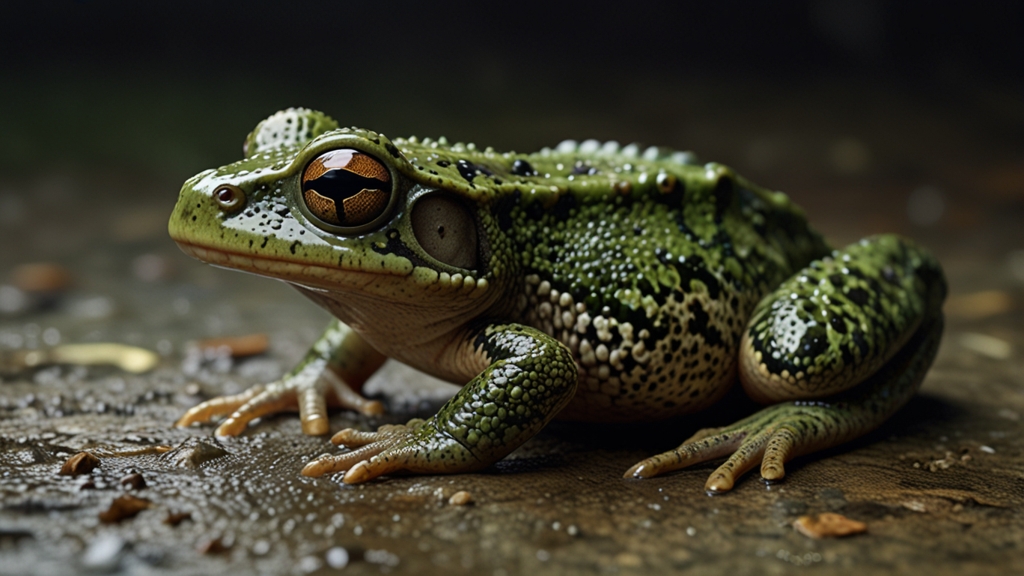The Marvelous Mechanics of Insect Wings: How They Defy Gravity
In the fascinating world of bioengineering, few phenomena capture the imagination quite like the intricate flight mechanics of insects. From the delicate flutter of a butterfly to the rapid beats of a hummingbird moth or the agile maneuvers of a dragonfly, these tiny creatures have perfected the art of defying gravity through astonishing adaptations in their wing structure and motion. This article delves into the remarkable mechanical properties and evolutionary advancements that enable insects to perform aerial feats that often seem to violate the very laws of physics.
The Anatomy of Insect Wings
Insect wings are marvels of evolutionary engineering, comprising several distinct components that work together seamlessly. Typically, a wing consists of a thin, membranous structure supported by a network of veins. These veins fulfill multiple functions, from providing structural integrity and flexibility to housing nerves and blood vessels. The membrane itself is often transparent, lightweight, and incredibly durable, capable of withstanding the pressures of high-speed flight and repeated usage.
Flapping Mechanics and Aerodynamics
For most insects, traditional aerodynamic principles like those governing airplane wings do not apply straightforwardly. Instead, insects rely on rapid, complex wing beats that generate lift through unsteady aerodynamic forces. Unlike the fixed wings of aircraft, insect wings move in a variety of patterns, including back-and-forth, figure-eight, and rotational motions. These movements create vortices, which play a critical role in generating the lift necessary for flight.
At high speeds, insect wings produce lift in part by creating leading-edge vortices (LEVs), which are spirals of air that form on the wing's front edge. The formation of LEVs is a dynamic process, continuously reinforced by the wing's motion and angle of attack. The LEVs remain attached to the wing longer than predicted by conventional fixed-wing aerodynamics, thereby generating additional lift.
"Understanding the biomechanics of insect flight requires a shift from classical fluid dynamics to the realm of unsteady aerodynamics, where rapid wing motions and the creation of vortices are key to unlocking the secrets of their aerial prowess." - Dr. Jane Chao, Professor of Biological Engineering
Neuromuscular Coordination
The remarkable agility and control exhibited by flying insects are in large part due to their highly refined neuromuscular systems. These systems integrate sensory feedback with muscle dynamics, enabling quick responses to environmental changes and precise control over wing movements. For example, fruit flies possess strain sensors on their wings that provide real-time feedback to the central nervous system, allowing them to make rapid adjustments to their flight path.
Muscle configuration also contributes to their extraordinary flight capabilities. Unlike the direct flight muscles found in birds, many insects employ indirect flight muscles. These muscles do not attach directly to the wings but instead distort the thoracic exoskeleton, causing the wings to flap. This indirect mechanism allows for extremely rapid wing beats, often reaching several hundred hertz in species like bees and flies.
Evolutionary Tailoring for Flight Efficiency
Over millions of years, insects have undergone significant evolutionary adaptations to optimize their flight performance. Traits such as wing size, shape, flexibility, and even the surface texture have been finely tuned through natural selection to meet the specific demands of different ecological niches. For instance, dragonflies, renowned for their agile hunting skills, have independently controlled fore and hind wings, enabling unparalleled maneuverability and stability in mid-air.
"The evolutionary pathways leading to efficient insect flight are a testament to the power of natural selection, sculpting the tiniest details of wing architecture and motor function for optimal aerodynamic performance." - Dr. Alan Schmidt, Evolutionary Biologist
Applications and Future Research
The study of insect flight does not only satisfy a scientific curiosity but also holds numerous practical applications. Insights gleaned from understanding insect wing mechanics have inspired new designs in micro-aerial vehicles, also known as MAVs, which have potential uses in fields such as surveillance, environmental monitoring, and even pollination. Researchers continue to explore the fine details of wing structure and motion to develop more efficient and adaptable robotic systems.
As technology advances, the boundary between biological inspiration and mechanical implementation becomes increasingly blurred. Future research endeavors aim not only to mimic but also to integrate the biological principles underlying insect flight into new generations of flying devices. Such advancements could revolutionize multiple sectors and bring us closer to mastering flight in as nuanced and efficient a manner as these incredible insects.
"The intersection of biology and engineering in the study of insect flight promises to yield innovations that could transform how we approach challenges in aerodynamics, robotics, and beyond." - Dr. Emily Larson, Aerospace Engineer
In conclusion, the marvelously intricate mechanics of insect wings offer a window into the wonders of evolution, biomechanics, and the uncharted potential of bio-inspired engineering. As our understanding deepens, so too does our appreciation for the sophisticated natural designs that enable these small but mighty creatures to defy gravity every day.








